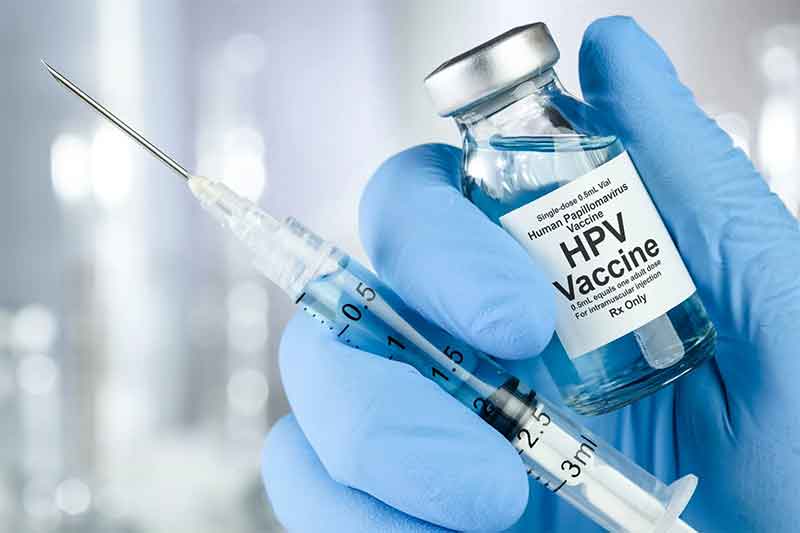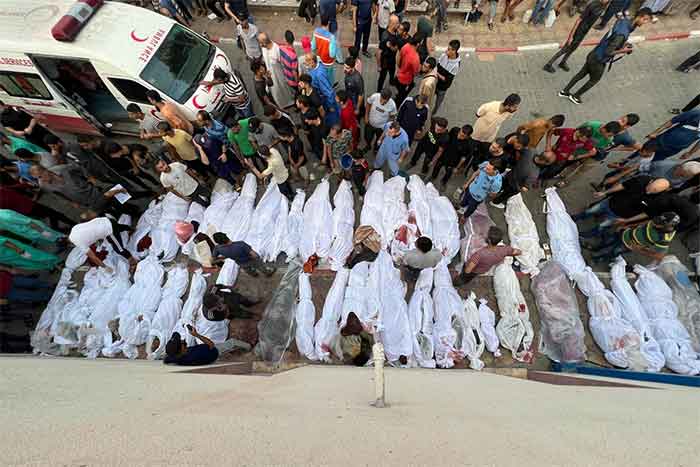
“Medicine is a social science and politics is nothing else but medicine on a large scale”.
Rudolf Virchow, 1821-1902
In recent days India’s health system – never the world’s best – has been getting really bad press.
First it was negative publicity was over a week of agitation by thousands of doctors in Bengal after violence against them by families of patients. This was followed by a media outcry about the avoidable deaths in Muzaffarpur, Bihar of over 170 young children, most of whom could have been saved with simple doses of sugar and salt.
Critics pointed to inadequate resources, poor infrastructure, shortage of personnel, medical negligence and lack of trust between doctors and patients as major reasons for both public suffering as well as anger.
However, what really lies at the heart of the dismal Indian health system is not inefficiency or lack of resources and capability alone, but deliberate racist and colonial-style policies aimed at keeping the Indian population in a state of perpetual ill-health, anxiety and inability to physically fight for radical change.
If Rudolf Virchow,the great nineteenth century Prussian doctor and pathologist – who believed health and politics were inextricably linked – had suddenly landed up in India, he would have surely concluded the country’s political elite were pure evil and at war with their own people.
Even a cursory glance at India’s public health system reveals it to be nothing less than a brutal killing field – one that throws an endless supply of patients as collateral damage to be dealt with by small numbers of poorly equipped doctors. While some get saved miraculously, the rest are condemned to chronic suffering or early release from existence altogether.
Private healthcare on the other hand charges exorbitant rates, affordable only to the middle and upper classes – who in turn don’t give a damn whether the rest of the Indian populations lives or dies. For the Indian elite it is as if, in keeping with the ancient Hindu dictum of ‘maya’ – poorer citizens are just a ‘bad dream’, who will disappear through plain neglect.
And for ordinary folks, it is not about hospitals, doctors and medicine either, but the fundamentals of human survival – food, water, decent incomes, clean environment and above all respect and recognition as being human in the first place.
48 per cent of Indian children under the age of five, are stunted due to chronic undernutrition, with females more likely to be affected. The status of children is in turn linked to the situation of their mothers. The National Family Health Survey, Round 3 ( NFHS-3) indicates that 36 per cent of Indian women are chronically undernourished and 55 per cent are anaemic.
The condition of both Indian children and their mothers is related to the caste or community they belong to. The same NFHS 3 data shows stunting, wasting, underweight and anaemia in children and anaemia in adults are higher among the lower castes. Similarly, neonatal, postnatal, infant, child and under five statistics clearly show a higher mortality among the SCs and the STs. Problems in accessing health care were also higher among the lower castes.
In Muzaffarpur, most of the children who died, belonged to the Mahadalit community – the poorest among the poor in the state of Bihar. They are suspected to have died due to hypoglycemia after eating litchi fruit – which contains a toxin called methylene cyclopropyl glycine- that affects only malnourished children.
So, what we have in the case of these dead children is not just about lack of infrastructure or doctors but the structural problem of chronic lack of nutrition among poor families. While in Muzaffarpur, malnutrition made them susceptible to the litchi toxin, across India children and adults alike die of a thousand other diseases spawned by lack of food.
Just two of these diseases – pneumonia and tuberculosis- kill hundreds of thousands of Indian citizens every year. As per the WHO’s Global TB Report 2016, out of an estimated 10.4 million new TB cases worldwide in 2015, India alone had 2.8 million. The same year, India also accounted for 37 percent of global mortality due to TB, adding up to an astounding 4,78,000 deaths. Over 370,000 children die every year due to pneumonia in India – accounting for fifty percent of global deaths
And as for access to healthcare over 62 percent of Indians pay out of their own pockets for all health services and medicines, many often going bankrupt in the process. Health insurance based schemes such as Ayushman Bharat – while advertised as reaching half the Indian population – in practice cater to the tertiary care needs of a tiny segment only – the vast majority remain deprived of basic, primary healthcare.
But figures and data do not even begin to grasp the sheer human tragedies involved. Of newborns and infants dying, helpless parents desperate to save them, some wishing their children a speedy death to avoid suffering and additional costs, the death of a breadwinner reducing families to dire poverty, the cold neglect of nutritional or health female children and the elderly as ‘wasteful’, the abandonment of the disabled or mentally ill.
Many of the dramatic improvements in health indicators of Western nations, a century and half ago, were the result of poverty eradication, nutrition, improved sanitation, occupational safety, better quality water and air. However, in these countries, the provision of the basic needs of people was not granted without a fight by the underprivileged.
The democratic and socialist political revolutions – many of them violent – that rocked Europe established the principle that all human lives are equally valuable and the right to life could not be violated on grounds of class, religion, creed or gender.
In India, after seven decades after Independence if successive governments have not been able to provide even adequate food and water – leave alone primary healthcare- the reason is simply that the elites want to maintain the Indian population like starving canine, surviving and fighting over crumbs. In the meantime, the public has not yet figured out how to punish the monarchs of modern India for their genocidal policies – turning their ire naively instead against ordinary doctors and hospital staff.
It is significant here to point out that the only time many Indians get a proper meal or any basic facilities is when they are recruited to kill or die on behalf of their masters – after being inducted into the Indian security forces. If these sons of the Indian peasantry survive active combat they get a salary, medical care, a pension and sometimes a scholarship to educate their children.
The message is simple, picking up a gun is the only way for most Indians to obtain these basics of life in contemporary India. Perhaps, universal health care will arrive in India the day these guns are pointed in the right direction.
Satya Sagar is a public health worker and journalist who can be reached at [email protected]
















































